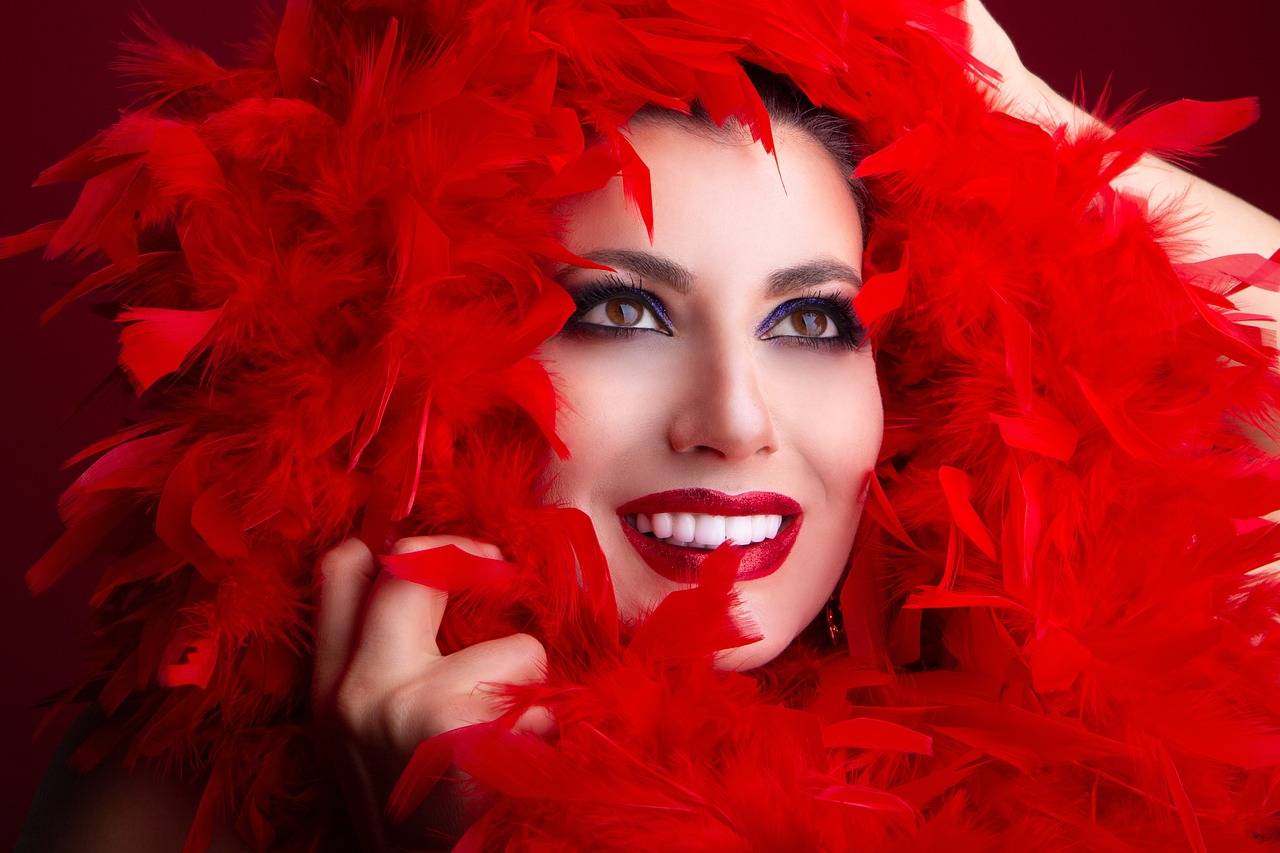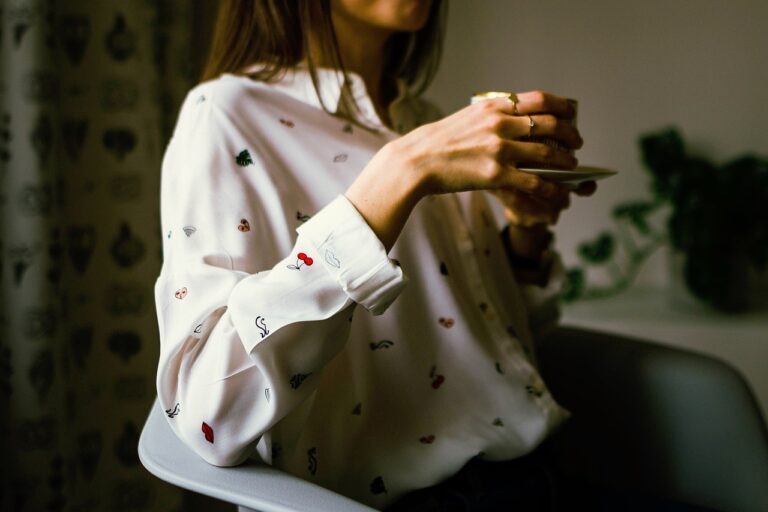The Influence of Art Movements on Fashion Design: From Surrealism to Abstract Expressionism
The connection between art movements and fashion design is a fascinating journey through time. From the bold and vibrant colors of Impressionism to the geometric shapes of Cubism, artists have long influenced the way we dress and style ourselves. Fashion designers have often looked to art movements for inspiration, incorporating the innovative techniques and styles into their collections.
One notable example is the influence of Surrealism on fashion trends. Surrealist art, with its dream-like imagery and unconventional aesthetics, has inspired designers to push the boundaries of conventional fashion. Incorporating elements of surprise and imagination, Surrealism continues to be a source of inspiration for those seeking to create unique and thought-provoking clothing designs.
Surrealism’s Impact on Fashion Trends
Surrealism, an art movement that emerged in the 1920s, had a profound influence on the world of fashion design. The surrealists sought to unlock the power of the unconscious mind, creating dream-like imagery that pushed the boundaries of conventional reality. This whimsical and imaginative approach to art inspired fashion designers to incorporate surrealistic elements into their creations, resulting in garments that blurred the line between the real and the fantastical.
Designers drew inspiration from surrealism’s emphasis on unexpected juxtapositions, distorted proportions, and unconventional materials. This led to the creation of avant-garde pieces that challenged traditional notions of beauty and aesthetics. Surrealist motifs such as distorted faces, floating objects, and optical illusions became recurring themes in fashion collections, transforming the runway into a surreal dreamscape where reality was suspended and imagination reigned supreme.
• Surrealism’s emphasis on unexpected juxtapositions and distorted proportions influenced fashion design
• Designers incorporated surrealistic elements into their creations, blurring the line between reality and fantasy
• Avant-garde pieces challenged traditional notions of beauty and aesthetics
• Surrealist motifs like distorted faces, floating objects, and optical illusions became recurring themes in fashion collections
How Cubism Inspired Fashion Designers
Cubism, a groundbreaking art movement born in the early 20th century, captivated the world with its fragmented, abstract portrayal of reality. This innovative approach inspired fashion designers to break away from conventional norms and experiment with asymmetrical shapes and geometric patterns in their designs. The influence of Cubism can be seen in the structured silhouettes and bold color blocking that emerged in the fashion world, challenging traditional perceptions of beauty and aesthetics.
Pioneering designers such as Pablo Picasso and Georges Braque infused their artwork with a sense of dynamism and depth through the Cubist technique of deconstructing objects into geometric forms. In a similar vein, fashion designers incorporated this philosophy into their creations, manipulating fabrics and textures to create multidimensional visual effects. By embracing the principles of Cubism, fashion designers were able to push boundaries, redefine the concept of garment construction, and unleash a new wave of creativity in the industry.
How did art movements shape fashion design?
Art movements like Cubism and Surrealism have greatly influenced fashion designers in terms of shapes, colors, and patterns.
What impact did Surrealism have on fashion trends?
Surrealism brought a sense of whimsy and fantasy to fashion trends, with designers incorporating dream-like elements into their designs.
How did Cubism inspire fashion designers?
Cubism’s focus on geometric shapes and abstract forms translated into fashion through structured silhouettes, asymmetrical designs, and bold color combinations.
Can you give examples of how Cubism has been reflected in fashion designs?
Designers like Pablo Picasso and Georges Braque have inspired fashion collections with their use of angular shapes, fragmented imagery, and deconstructed patterns.
How have fashion designers incorporated Cubist elements into their work?
Fashion designers have incorporated Cubist elements by playing with shapes, lines, and textures to create visually dynamic and avant-garde designs.





